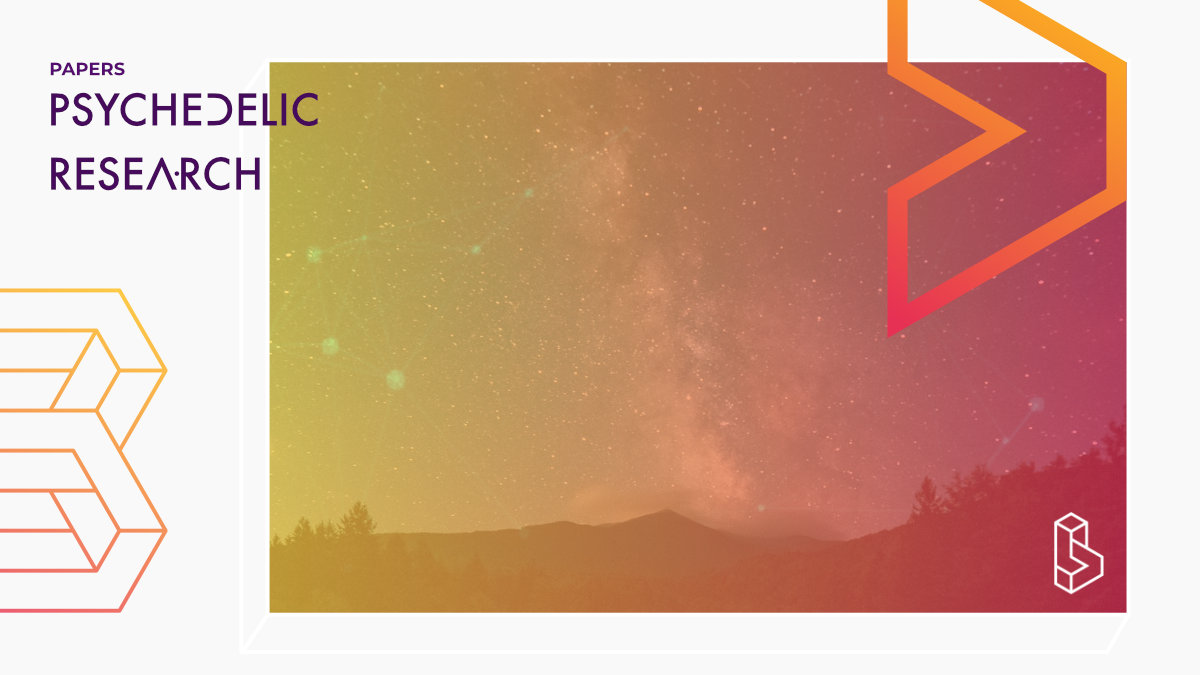This open-label pilot study (n=5) investigated the use of naltrexone pretreatment (380 mg) with ketamine infusions (35mg/70kg, 4 infusions over 4 weeks) for depression and found that it does not interfere with ketamine’s antidepressant effects. On the contrary, the study found that it might help in treating co-morbid alcohol use disorder and called for pre-clinical research to further understand these results, also in light of earlier conflicting research.
Abstract
“Ketamine has rapid and robust antidepressant effects. However, there are concerns about the abuse liability of ketamine. This concern was heightened recently owing to a preliminary report suggesting that antidepressant effects of ketamine might be dependent on opiate receptor stimulation. Below, we present pilot data that indicate that the antidepressant effects of ketamine are not attenuated by naltrexone pretreatment. As a result, the combination of opiate receptor antagonism with ketamine might be a strategy to reduce addiction risk among patients with depression at risk for substance abuse.
Methods: We recruited and obtained written informed consent from 5 patients with current major depressive disorder and alcohol use disorder. In this 8-week open-label pilot study, which received institutional review board approval by the VA Connecticut Healthcare System Human Subjects Subcommittee, patients received injectable naltrexone (380 mg once 2-6 days prior to the first ketamine infusion) and repeated intravenous ketamine treatment (0.5 mg/kg once a week for 4 weeks; a total of 4 ketamine infusions). The study had 2 phases: (1) a 4-week ketamine treatment phase and (2) a 4-week follow-up phase. All patients were abstinent from alcohol for 5 days or longer prior to the first ketamine infusion. The primary outcome measure was clinical response defined as a 50% or higher improvement from baseline in the Montgomery-Åsberg Depression Rating Scale scores at 4 hours postinfusion.
Results: The combination of naltrexone and ketamine was associated with reduced depressive symptoms. The Figure shows that 60% (3 of 5) of patients met response criteria after their initial ketamine dose and 100% (5 of 5) met response criteria by their fourth dose, although 1 patient left the trial after receiving 2 ketamine infusions. The Table shows that depressive symptoms improved about 57% to 92%. Also, 80% (4 of 5) of patients reported improvement in alcohol craving and consumption as measured by the Obsessive Compulsive Drinking Scale. The combination treatment was safe and well tolerated in all participants. No serious adverse effects were reported in the trial.
Discussion: Our pilot data suggest that naltrexone pretreatment did not interfere with the antidepressant effects of ketamine and might enhance the treatment of comorbid alcohol use disorder. This result conflicts with that reported by Williams et al in which pretreatment with 50 mg of naltrexone reduced the rate of clinical response to ketamine from 71% (5 of 7 individuals) to 0% (0 of 7 individuals). Their data and an editorial by George, although preliminary, make a case for a central role for opiate agonism in the antidepressant effects of ketamine. Although our pilot data were collected under somewhat different conditions than those of Williams et al (eg, different primary outcome time of 4 hours vs 1 day postinfusion, presence vs absence of alcohol use disorder, injectable vs oral naltrexone), they do not support the hypothesis that opiate receptor stimulation mediates the antidepressant effects of ketamine. Since Williams et al did not provide depression ratings over a 4-hour period postinfusion, we cannot examine whether 50 mg of oral naltrexone blunted ketamine response in this early 4-hour period. Our findings are consistent with an earlier study in healthy individuals showing that the behavioral effects of an antidepressant dose of ketamine were not altered by pretreatment with 25 mg of naltrexone, and some preclinical evidence that ketamine isomers may be weak partial agonists at μ opiate receptors. The initial report by Williams et al and our preliminary data should be interpreted with great caution. Larger randomized clinical trials are needed to better understand whether opiate receptor stimulation contributes to the antidepressant effects of ketamine. If so, then preclinical research will be needed to help us to understand this role for opiates and its implications for future rapid-acting antidepressant treatments.”
Authors: Gihyun Yoon, Ismene L. Petrakis & John H. Krystal
Summary
Corporation, Pfizer Pharmaceuticals, Stanley Center for Psychiatric Research at the Broad Institute, ArRETT Neuroscience, BlackThorn Therapeutics, Biohaven Pharmaceuticals, and Spring Care; has the following patents and inventions. Yale University has filed several patent applications for intranasal administration of ketamine to treat depression, suicidal ideation, and addiction. AstraZeneca Pharmaceuticals and Pfizer Pharmaceuticals provide nonfederal research support for the Center for Translational Neuroscience of Alcoholism and the Translational Neuroscience Optimization of GlyT1 Inhibitor, respectively, and Yale University is listed as an inventor on a patent application for treating depression.
This study was funded by the US Department of Veterans Affairs. The funder had no role in the study’s design or conduct.
George MS, Madonick S, Perry E, et al. found that low-dose ketamine was a fast-acting antidepressant simply because it was an opioid.
Find this paper
https://doi.org/10.1001/jamapsychiatry.2018.3990
Open Access | Google Scholar | Backup | 🕊
Study details
Compounds studied
Ketamine
Topics studied
Addiction
Depression
Alcohol Use Disorder
Study characteristics
Open-Label
Participants
5
Linked Clinical Trial
Ketamine for Depression and Alcohol DependenceThis open-label trial (n=5) investigates the effects of ketamine (35mg/70kg, 4x over 4 weeks) on those suffering from depression and alcohol dependence simultaneously.

